Machu Picchu Animals: What To Spot On Your Trek
Embarking on a Machu Picchu trek? You’re in for more than just ancient ruins. Let’s introduce you to the diverse Machu Picchu animals you might encounter on your adventure.
Machi Picchu Animals: The Landscape and Their Habitats
Machu Picchu isn’t just a marvel of ancient architecture; it’s also a sanctuary teeming with wildlife.
Nestled high in the Andes, the landscape around these iconic Machu Picchu circuits is a patchwork of diverse habitats that make it a haven for various species.
From the misty cloud forests to the rocky Machu Picchu Mountain terrains and lush grasslands, each zone offers unique conditions for different animals to thrive.
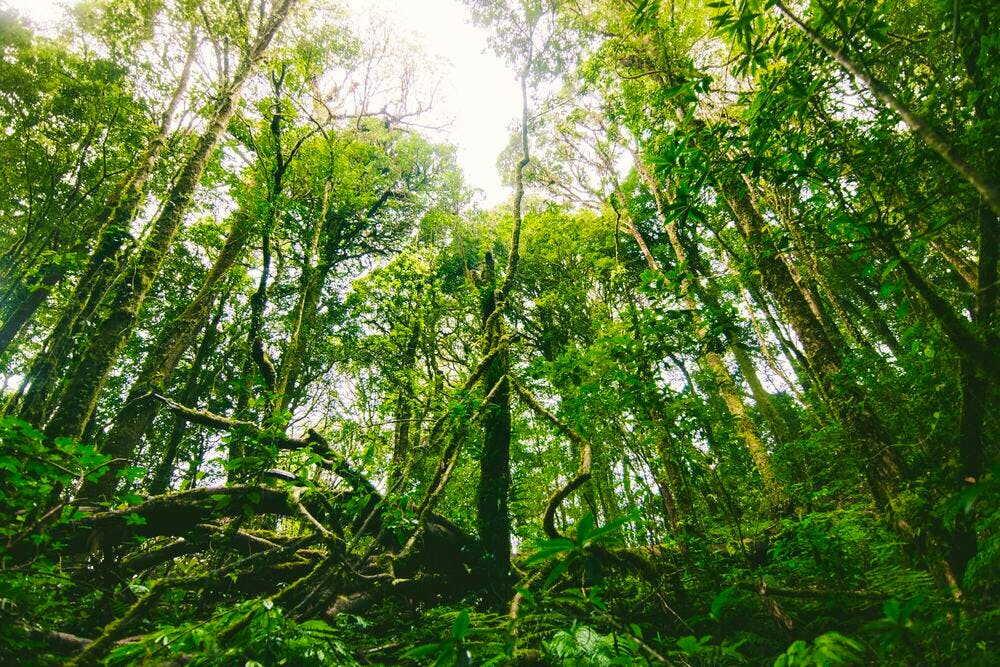
The Cloud Forests: A Birdwatcher’s Paradise
The cloud forests are some of the most iconic Machu Picchu attractions and a paradise for birdwatchers. Here, you’ll find over 400 species of birds, including the majestic Andean Condor and the vibrant Andean Cock of the Rocks.
These forests also provide cover for the elusive spectacled bears, who prefer the solitude and abundant food sources found in the treetops.
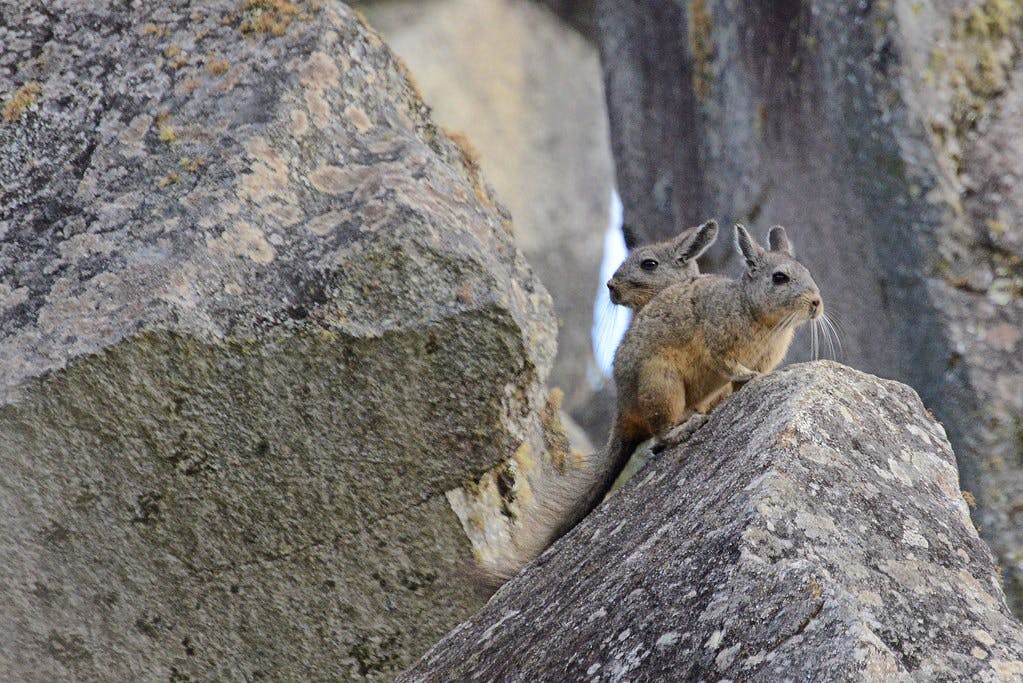
Rocky Terrains: The Realm of Vizcachas
The rocky outcrops and ancient stone walls of the ruins are the perfect playground for vizcachas. These rock-loving creatures resemble giant squirrels and are often seen sunbathing on the stones.
Their habitats are easy to spot, so keep your eyes peeled when exploring ruins like the Machu Picchu Temple of the Sun.

High-Altitude Grasslands: Home to Llamas and Alpacas
Higher up, the terraces and grasslands are where you’ll most likely encounter Machu Picchu llamas and alpacas.
Some fun facts about Machu Picchu and llamas: these animals are well-adapted to the high altitudes and don't get Machu Picchu altitude sickness.
They can often be seen grazing peacefully or strolling up and down the vertical stairs at Machu Picchu Peru, adding a touch of life to the ancient site.
Some of our Favourite Machu Picchu Animals
We often get asked, “Why should you visit Machu Picchu?” One of the best reasons is to meet some of our favourite Machu Picchu animals.
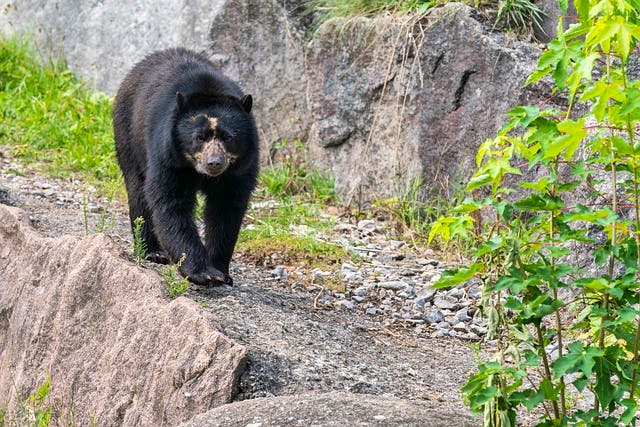
The Elusive Spectacled Bears
Spectacled bears are one of the most captivating residents of the Machu Picchu sanctuary. They sport black fur with distinct pale rings around their eyes, giving them the appearance of wearing glasses.
Males can grow up to 2 meters long and weigh around 120 kg, while females are usually about half this size.
Habits and Habitat
These bears are primarily tree-dwellers, often found in the cloud forests around Machu Picchu. They have a penchant for bromeliads, a type of plant that grows in trees, which makes up a significant part of their diet.
Unlike other bears, spectacled bears are generally shy and prefer to keep to themselves, making them a rare but enchanting sight.
Tips for Spotting One
If you’re keen on spotting a spectacled bear, your best bet is to check the weather in Machu Picchu and venture out early in the morning when the sanctuary is quieter. Keep your eyes peeled for movement in the trees, especially around bromeliads.
While sightings are rare, they’re not impossible. Just remember, if you’re lucky enough to spot one, keep a respectful distance and enjoy the moment; these bears are no threat to humans but deserve their space.
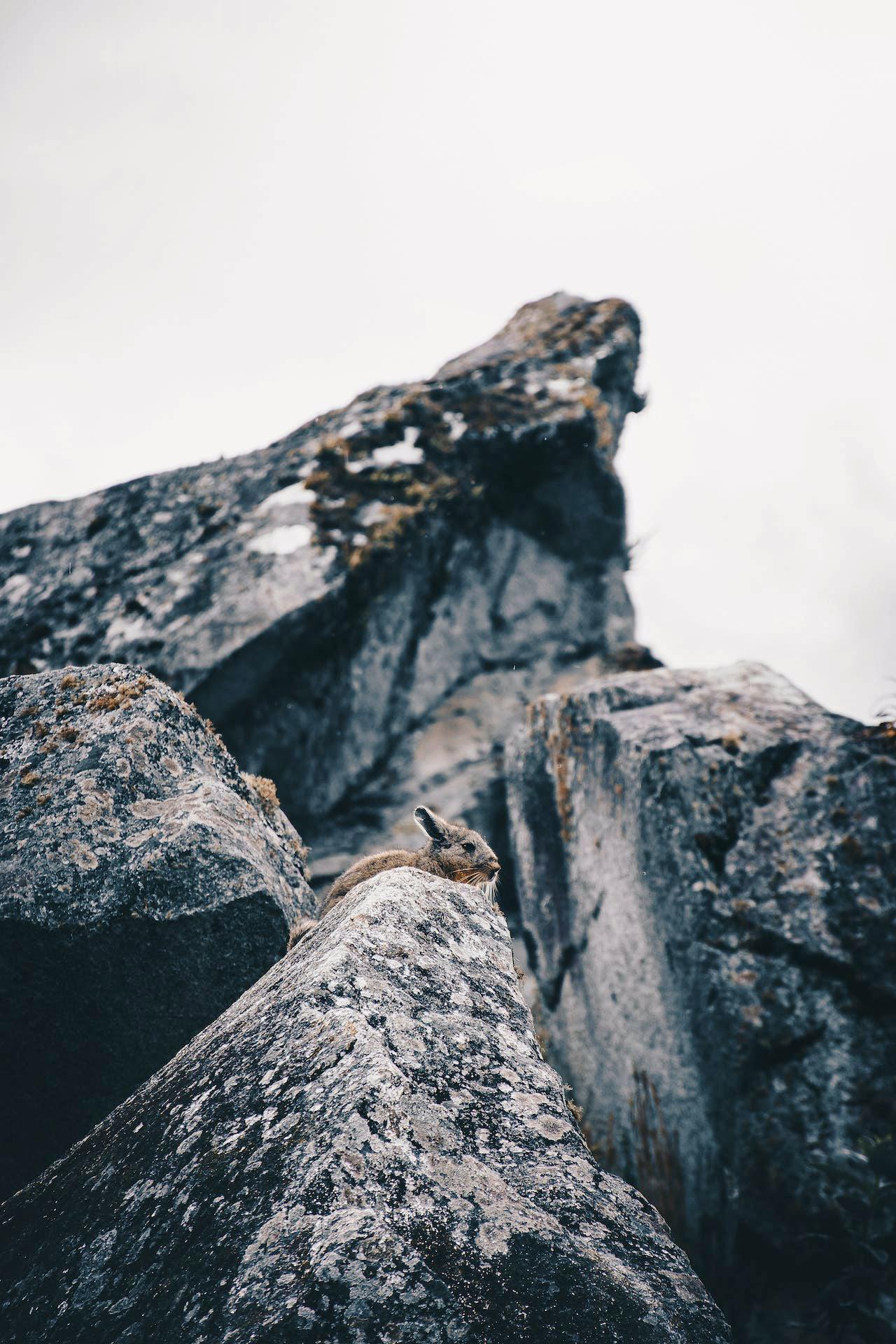
The Curious Vizcachas
Vizcachas are one of the quirkiest animals you’ll encounter in Machu Picchu. With their large, rabbit-like ears and bushy tails, they resemble a cross between a giant squirrel and a rabbit.
Their fur is usually a blend of grey and brown, helping them blend seamlessly into their rocky surroundings.
Where Do They Hang Out?
These fascinating creatures are rock dwellers, making the stone walls and boulders of Machu Picchu their home.
They’re particularly fond of sunbathing, so don’t be surprised if you see one lounging on a rock, soaking up the Andean sun. The ruins provide an ideal habitat for them, offering plenty of nooks and crannies to explore.

Latest Deals
Spotting Tips: Where to Look
If you’re eager to spot a vizcacha, keep your eyes on the rocky terrains and ancient stone walls as you explore the ruins.
They’re most active during the day, making them easier to spot than some of the sanctuary’s more elusive residents.
One of the best travel Machu Picchu tips we can give you is ensuring you add a good pair of binoculars to your Inca trail packing list. They can come in handy, but a keen eye is often all you need to spot these adorable creatures.
Feathered Friends: Birds of Machu Picchu
Machu Picchu is a treasure trove for bird enthusiasts. With over 400 species calling this sanctuary home, you’re almost guaranteed to spot various colourful and unique birds during your visit.
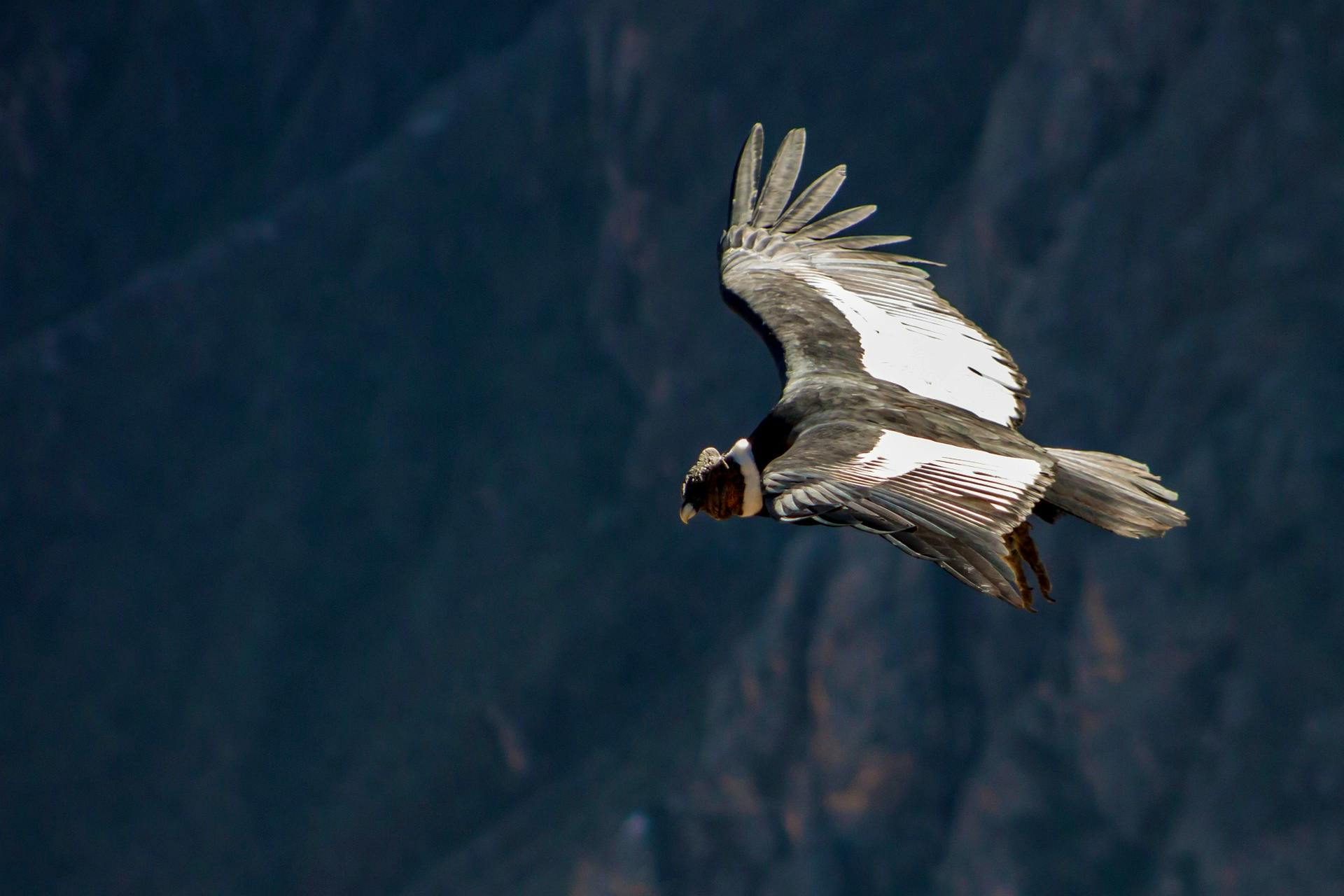
The Majestic Andean Condor
One of the most iconic birds you can see is the Andean Condor. This bird is a sight to behold, with a wingspan reaching up to 3 meters. Often considered a symbol in Peruvian culture, the condor is said to act as a messenger between heaven and earth.
The Vibrant Andean Cock of the Rocks
Another showstopper is the Andean Cock of the Rocks, known for its striking red plumage and unique crest.
This bird is so iconic that it’s the national bird of Peru. If you’re lucky, you might even glimpse their elaborate courtship displays.
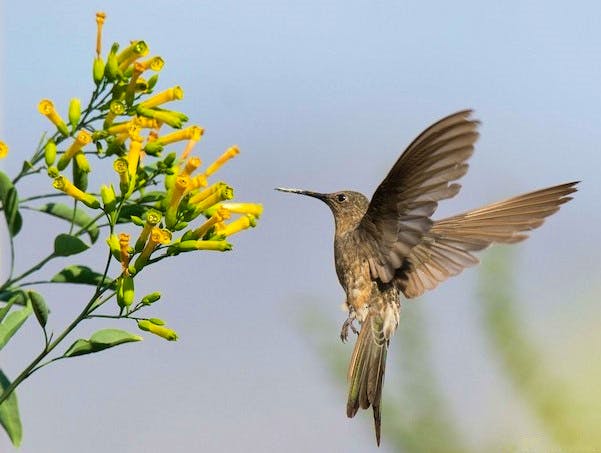
The Elusive Giant Hummingbird
Don’t forget to look out for the Giant Hummingbird, the largest of its kind. These birds are relatively common in the Andes. They can be seen flitting about, their iridescent feathers catching the light as they go.
Tips for Birdwatching
If you’re serious about birdwatching, consider bringing a good pair of binoculars and a field guide to help you identify the various species.
Early mornings and late afternoons are usually the best time of year for Inca trail and birdwatching, as many species are most active during these hours.
See also: Is the Inca trail worth it?

Safety and Ethical Considerations
While the allure of spotting Machu Picchu animals is undeniable, it’s crucial to remember that we’re visitors in their homes.
Responsible wildlife observation ensures your safety and minimises stress and disruption for the animals.
Here are some Machu Picchu hiking tips to help you get the most out of your animal-spotting adventure:
Keep a Safe Distance
Always maintain a respectful distance, whether it’s the elusive spectacled bear or a sunbathing vizcacha. A good rule of thumb is to stay at least 50 meters away from larger animals and 10 meters from smaller ones. If an animal appears agitated or changes its behaviour, you’re too close.
No Feeding, Please
Sharing your trail mix with a cute vizcacha might be tempting, but feeding wild animals can be harmful. It alters their natural behaviour and diet, making them dependent on human food, which is often unsuitable for them.
Leave No Trace
Carry all your trash with you and stick to designated trails. Straying off the path can lead to soil erosion and disrupt the animals’ natural habitat.
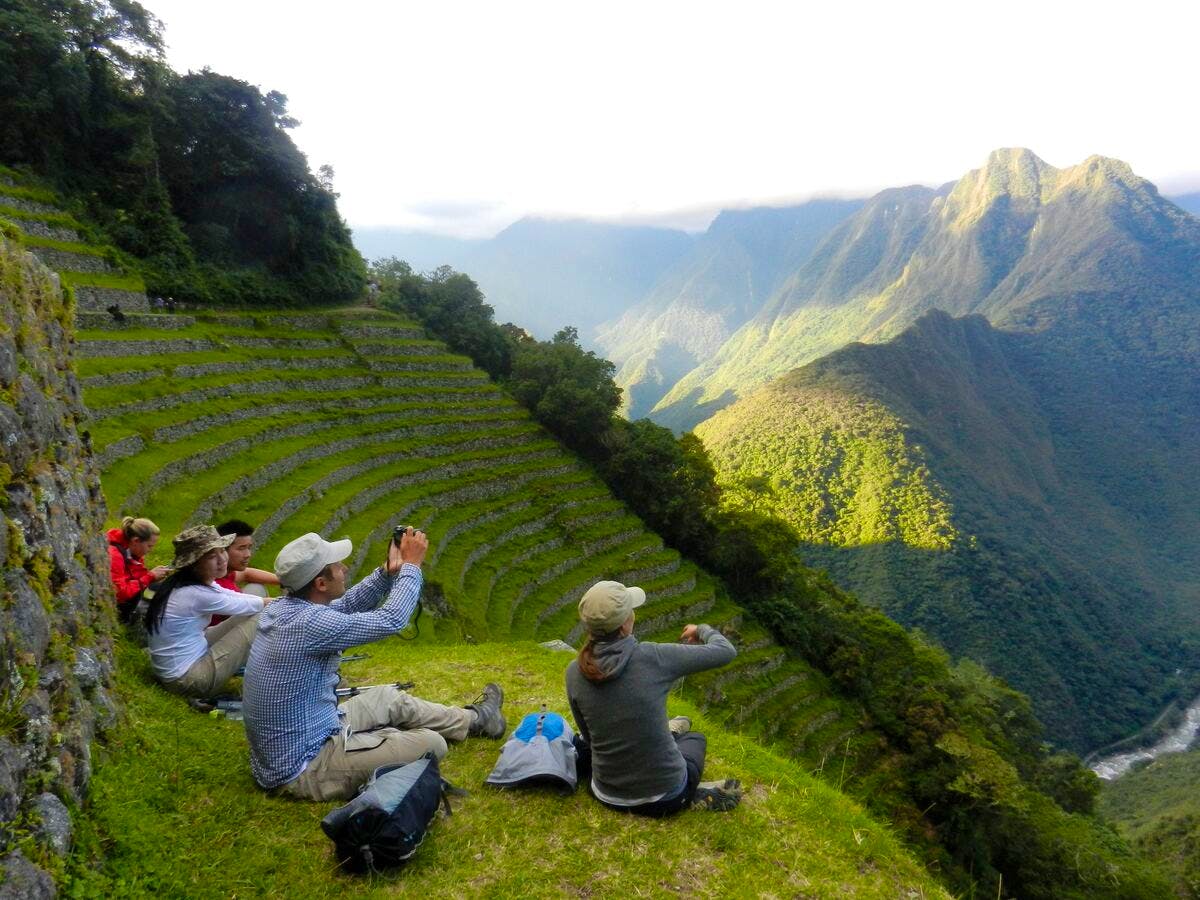
Capture Memories, Not Animals
While it’s natural to want to capture the moment, opt for photos instead of trying to touch or capture the animals. Always use a zoom lens for close-ups and turn off the flash to avoid startling them.
Report Unethical Behavior
If you witness anyone harassing wildlife or destroying their habitat, it’s your ethical responsibility to report it to the local authorities or your tour guide.
Conclusion
From the iconic llamas to the elusive spectacled bears, Machu Picchu is a living sanctuary that captivates at every turn.
As you set out on your Peru adventure with us at Skyhook Adventure, remember to tread lightly and respect the wildlife, making your trip a personal experience and a tribute to the natural world.
Other Machu Picchu Articles
Find your next adventure
Why Skyhook?
Join over 27,000 Skyhook adventurers who've used our platform to book directly with our vetted local guides, at local prices (we never markup).
Expert Local Guides
Experienced local guides, handpicked by us.
Best Prices
Never pay a markup on the local guide's price.
Exclusive Club
Earn loyalty rewards every time you travel.
Great Social Vibes
Small group tours provide a richer experience.
Stellar Feedback
Over 2,800 reviews, average of 4.9/5 stars.












